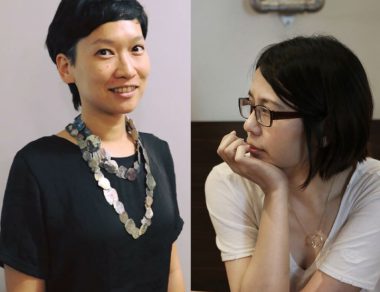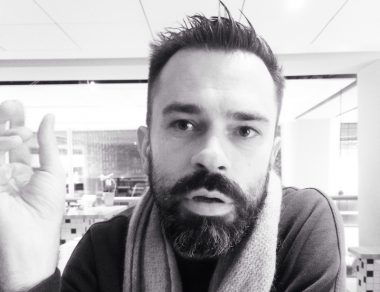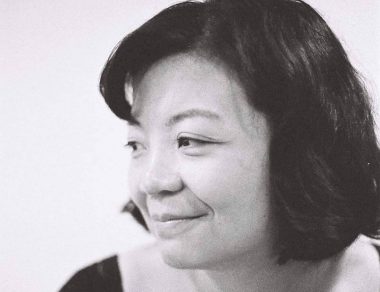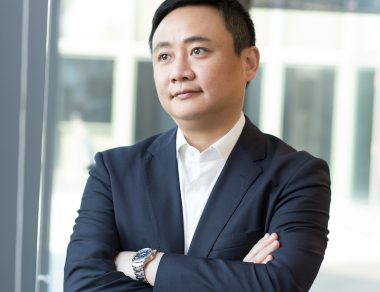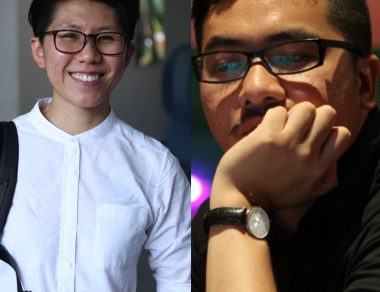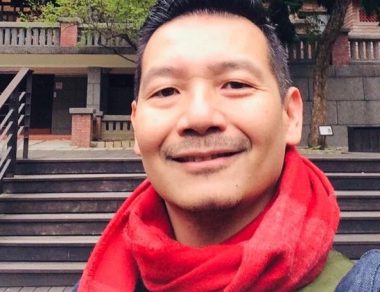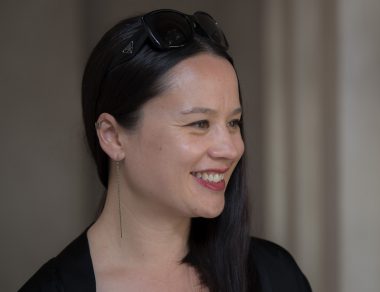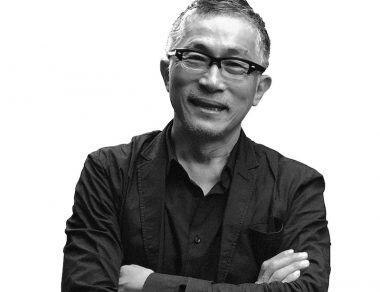Lu Pei-Yi
Making South: The “South” as a Method in Taiwan Contemporary Curating
The term “South” is never merely a word referring to geographical location but is more related to geopolitics and cultural orientation. In contrast to the North, the South sometimes implies negative meanings: otherness, marginality, weakness, the invisible, dispossession, the colonialized, the sacrificed, etc.. Nevertheless, the South could also be seen as a vital place of salvation, and an alternative utopia, which is considered a method to overturn the mainstream.
The notion of a “Global South” has shifted its meaning from the concerns of political economy to an emphasis of the local cultural context of non-Western countries in the global art perspective. In the mid-80s, the Havana Biennale proposed an idea of the “South-South Alliance” as a horizontal connection that bypasses the Euro-American mediation of art. From 2010, the Jogja Biennale launched the “Equator Project” inviting artists from Equator countries to join in exhibition and culture exchange over a period of 10 years. “Learning from Athens,” the theme of the 14th documenta in 2017, took the current situation of the South as a way to understand the operation of global neoliberal capital. The magazine South as a State of Mind is a platform to collect, present and discuss the art from the margins with a geopolitical aspect.
For Taiwan, the idea of the “South” not only marks its geo-cultural location but is also a symbol that embody multiple geo-political and cultural meanings in the different historical stages. “Making South” becomes a method to fulfill political, economic, social and cultural imperatives, such as the “Southern Expansion Doctrine” (Nanshin-ron) during the Japanese occupation, the “Southern Policy” of Lee Teng-Hui in 1990s, and the “New Southbound Policy” promoted by the Tsai Ing-Wen Government since 2016, positioning Taiwan in the South, connecting to the south seas (Southeast Asia) and aligned with the communities of Austronesian languages (the Indigenous) in a cultural sense.
The ambiguity of the idea of the “South” has frequently emerged in various exhibitions. In the context of Taiwan, a number of exhibitions have expanded the multi-faceted meaning of the “South,” marking its geo-cultural and geo-political location as well as defining its uneven internal development between the North and South and its modernity and ecological future as part of the Global South and as aligned with Southeast Asia and Austronesia. This presentation will critically examine recent exhibitions relating to the idea of “South”. In particular, it will analyze a number of case studies, such as South Country, South of Country – Vietnamese & Taiwanese Artists Exchange Project (Howel Space, Tainan, 2012-2013), The South: An Art of Asking and Listening (Kaohsiung Museum of Fine Arts, 2017), The Hidden South (presented in multiple spaces across four towns in the south-link areas, 2018) and so on in order to probe the questions of curating in Taiwan in the context of its multi-layer colonized history, and as a country marked by geopolitical rivalry. What is driving force behind “making south” as a curatorial method? Is it an attempt to explore Taiwan’s identity or an expression of political correctness? How does the ambiguity of the idea of the “South” impact on contemporary curating? Could the practice of “Curating the South” become a strategy to unsettle conventional ways of presenting art from the margins, or does it simply reinforce the existing hierarchies of the globalized art world?
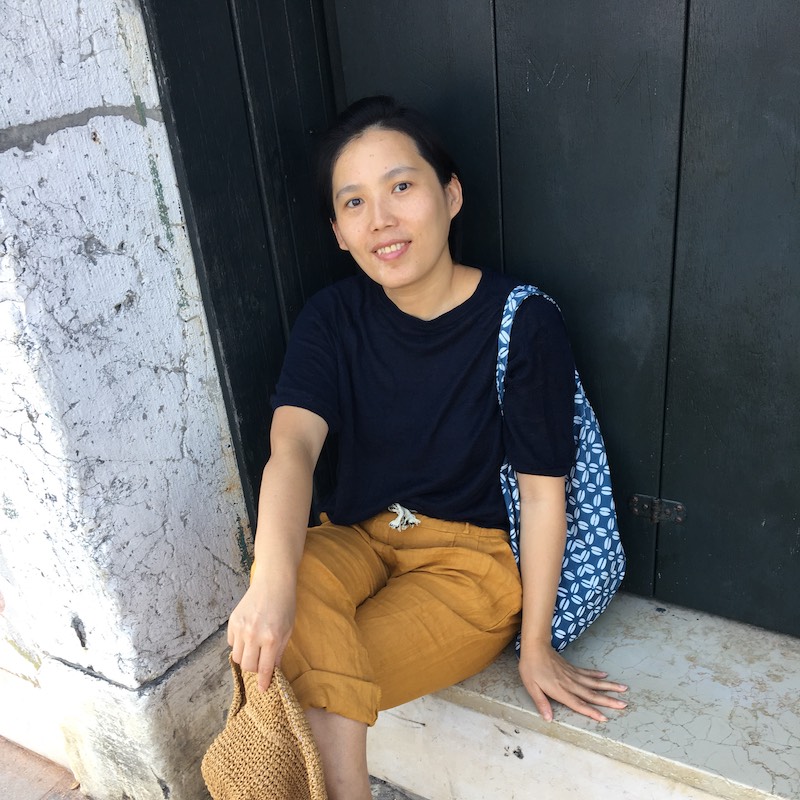
REFERENCE
- Contemporary Art Curating in Taiwan (1992-2012), LU Pei-Yi (ed.), Taipei: ARTCO, 2015
- "The Necessity of Taiwan Exhibition Histories: From Global Art Perspective ", LU Pei-Yi , in The Renaissance of Cultural Memory: Collected Papers of the Symposium on Reconstructing Art Histories in Contemporary Taiwan,Taichung: National Taiwan Museum of Fine Art, 2018
- The Hidden South, curated by 林怡華
